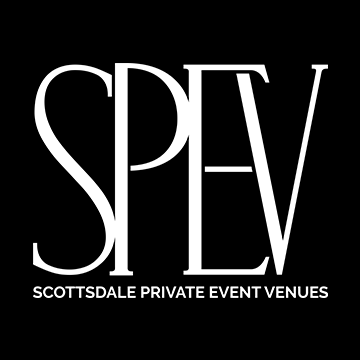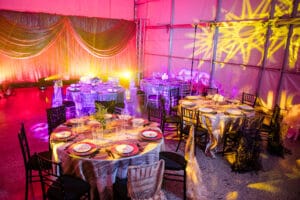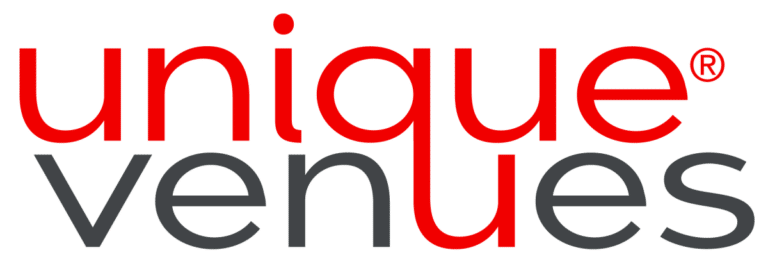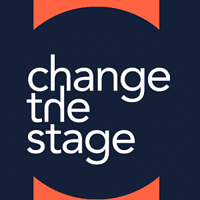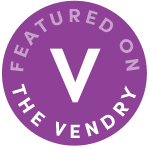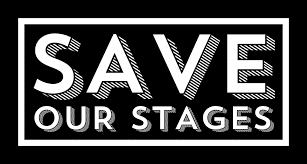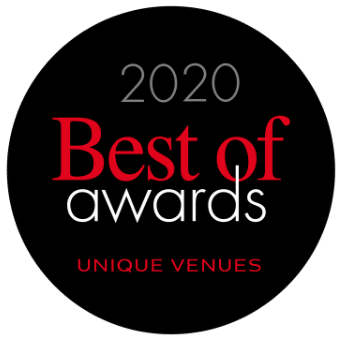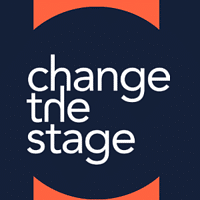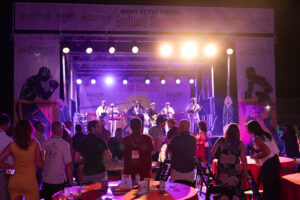Big Event Companies Share Trends in Latest Special Events “50 Top Event Companies”
First of all new technologies–such as virtual and augmented reality—and the continued role of social media are two of the major trends shaping special events this year. These insights appear in the 15th annual “50 Top Event Companies” article, featured in the latest issue of Special Events. Here are highlights:
“One of the biggest things we’re seeing in the marketplace is brands using live events as incredible content feeders–or ways for their brand to generate owned, shareable content,” EA management says. “This has truly put events and experiential at the center of the marketing mix, and extends to a brand’s approach to measurement as well. The focus is less about the numbers onsite at an event, and more about how that event was able to create shareable content that expands the reach, multiplies impressions and creates opportunities for measurable impressions.”—AgencyEA, Chicago
What’s coming:
As a result the event industry should be ready for more live-streaming, real-time collection of data through polling and Q&As, more accessible virtual and augmented reality, and an increased use of event apps/CRM software to simplify check-in and registration processes, management says.—Allied Experiential, New York
Big trends affecting the event and meetings industry include an increased focus on global security; “as the risk is heightened, and travel policies of big organizations react accordingly, fewer delegates will be willing to travel to different events around the world,” management says. Other forces at play: the emerging “sharing” economy, the speed at which new technology is adopted, the new possibilities that virtual and augmented reality bring, and the emergence of “positioning” technology. “We have been exploring how best to use the new technologies available to create and enhance sensory and personalized learning journeys,” management says. “By personalizing the experience and considering the individual attendee rather than the collective group, you can make it more meaningful and create specific event tracks, specialist interest groups, interactive signage, personal event maps and programs.”–Ashfield Meetings and Events, Ivyland, Pa.
“Social media is gaining a huge presence in the meetings/event space with user-generated content in the form of images and storytelling taking center stage, the Broadstreet team says. “Brands want event attendees to be a part of the whole experience, and using social media to generate content is an effective way to immerse them. Audiences have become more media-savvy, and the material they provide is more sophisticated, meaningful and memorable.”–Broadstreet, New York
“Today, it’s all about engaging the audience with new and exciting experiences that reinforce the overall message,” management says. “We see an increasing focus on what happens outside the ballroom, not just inside it. Event experiences are becoming more personalized through the use of virtual reality, 3D animation, augmented reality and interactive installations. Projection mapping is allowing companies to use the event space in powerful and creative ways, creating a greater emotional impact.”—Corporate Magic, Dallas
Furthermore
EEG management points to an uptick in live streaming during events, particularly user/developer conferences, via different software applications, as well as specialized geo-location tags via applications such as Snapchat. “Additionally, we see a continuation of requests from clients to get out of the ballroom and into unique venues: after-hours museums, refurbished warehouses, and concert venues are all on the table, particularly for tech clients. Last, we have noticed an increase in dividing the typical Silicon Valley user conference into two coastal conferences–one for West Coast users and one for their East Coast or European customers.” The bad news: “A trend that continues for third parties is the lack of availability and space from hotels and venues.”-–Enterprise Events Group, San Rafael, Calif.
Attendee engagement in highly customized, branded and experiential events is no longer a trend, but the norm, they say. “Clients are looking to create ‘evergreen’ experiences and content generated from events that is fresh, relevant, sustainable and lasting post-event either in social media, traditional marketing channels or internal content. Progressive event decor and design, increasingly sophisticated entertainment experiences, and unique venues lead the charge in these efforts to put a client’s brand spin on attendee experiences. Every corporate event is essentially a business meeting in disguise.”—EventWorks, Los Angeles
“Continuing the trajectory seen in 2015, events have grown substantially as the cornerstone of corporate marketing strategies and engaging influencers at every level is still paramount,” management says. “Computer-generated realities continue to be the hot trend moving forward. Therefore VR environments are becoming more intricate while augmented reality has simply exploded with the launch of Pokémon Go. We can expect to see AR facial recognition during event registration and virtual floor plans come to life with information and engagement.”—FIRST, New York
See the full story in the Fall 2016 issue of Special Events. Not a subscriber? We can fix that—to subscribe, just click here.
